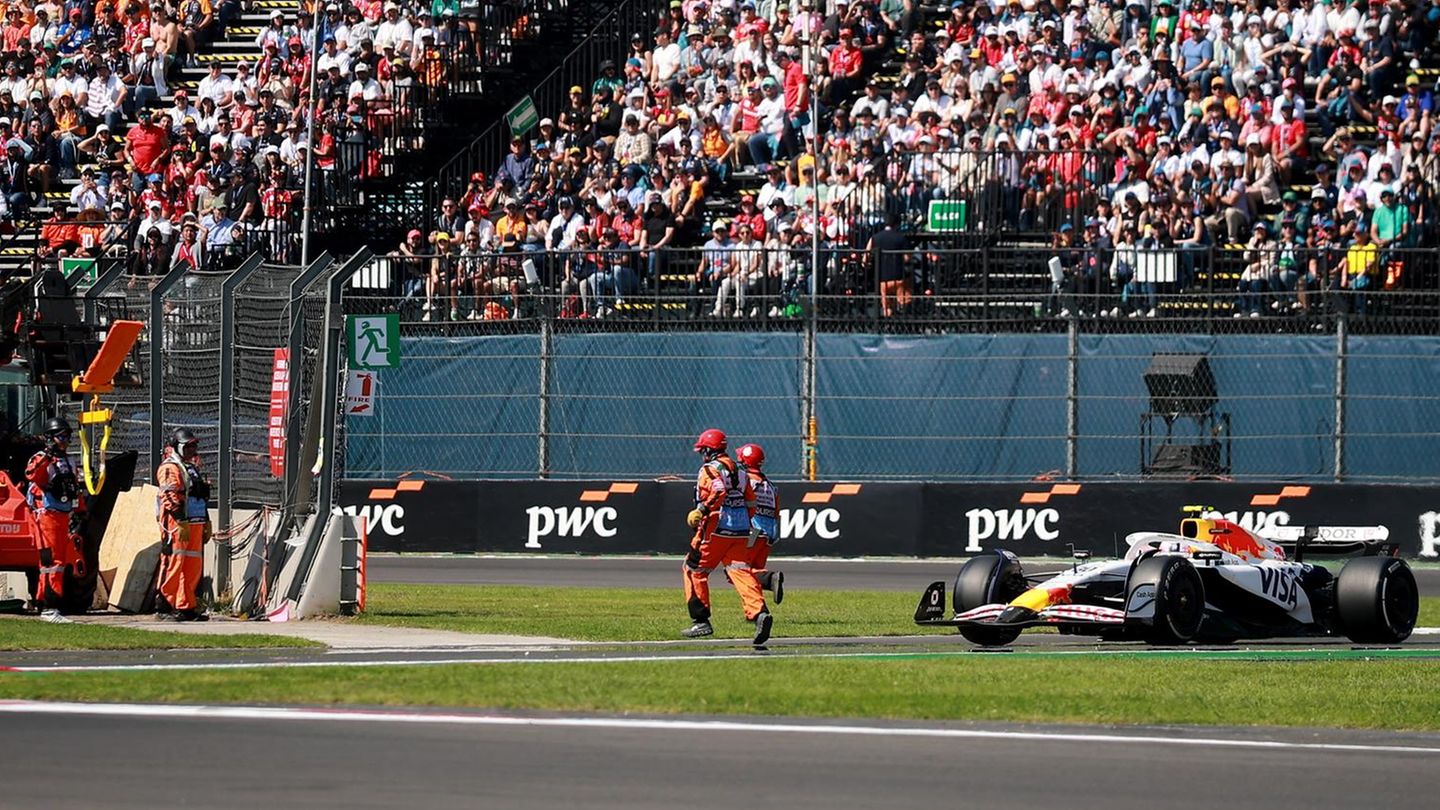Making an international transfer meant, historically, immersing himself in a universe of uncertain terms, exorbitant commissions and multiple intermediaries. But the resignation with which that dynamic was accepted, and its associated costs, began to crack. The stablecoins arrived to revolutionize global payments: if before an operation could take 24, 48, up to 72 hours, today is completed in seconds. The rules of the game are changing.
A stablecoin is a digital asset whose value is usually linked to a Fiat currency, such as the dollar or the euro. Unlike Bitcoin and other cryptocurrencies known for the volatility of its price, they are designed to provide stable value. Although the idea is simple, the impact is transformative: It allows instant transfers, 24/7, with lower costs and greater traceability. Instead of waiting for days to move international funds, as is the case in the traditional banking system, operations can be completed in seconds.
For companies that need to operate without interruptions, even on weekends, this agility radically changes operational standards as we knew them. Hence, the adoption of this tool grows accelerated, driven by its ability to solve what the inherited financial infrastructure still fails to address efficiently.
In addition to the immediacy, there is the cost factor. Moveing money through the traditional banking can be significantly more expensive than doing it through Stablecoins, due to the number of intermediaries participating in the operation. To this is added the possibility of accessing better exchange rates in some markets, thanks to liquidity on crypto platforms.
So, it is not surprising that the stablcoins grow at a notable pace. The monthly volume of transfers with this asset increased 115% in one year, moving from US $1.9 billion to 4.1 billion between February 2024 and February 2025, according to statistics published by Cointelegraph. The number of active wallets also shot: more than 30 million in February of this year. Figures that reflect a consolidated trend.
From my role, I see the impact of this phenomenon on sectors such as remittances (the immediate liquidity offered immediate.
STABLECINS: Challenges and efficiency in global payments
It is imposed to clarify that, Like all emerging technology, the stablecoins present challenges. One of the most widespread is the conceptual confusion: there are still those who group under the same label to all digital assets. But we must separate Stablecoins crypto: It is not the same to have USDC than Bitcoin. This distinction is essential, especially in markets where regulatory myths or fears persist.
At the operational level, concrete challenges also arise. A poorly executed transfer in a digital wallet can be more difficult to reverse than in traditional banking. In addition, the counterpart risk remains a sensitive point: Not all platforms offer the same guarantees. However, these risks can be managed with the same principles that guide all good treasury: identify, measure them and mitigate them. In fact, many companies are already implementing solid practices such as the use of pre -authorized wallets, automated processes and rigorous audits to minimize any error possibility.
In the universe of global payments, speed is a necessity, not a luxury. And the stablecoins allow us to achieve it with control, efficiency and clarity. They do not come to replace the existing system, but to expand it with a powerful option. A blunt alternative that steps strongly.
* Global Head of Treasury Operations in Dlocal
Source: Ambito
David William is a talented author who has made a name for himself in the world of writing. He is a professional author who writes on a wide range of topics, from general interest to opinion news. David is currently working as a writer at 24 hours worlds where he brings his unique perspective and in-depth research to his articles, making them both informative and engaging.




